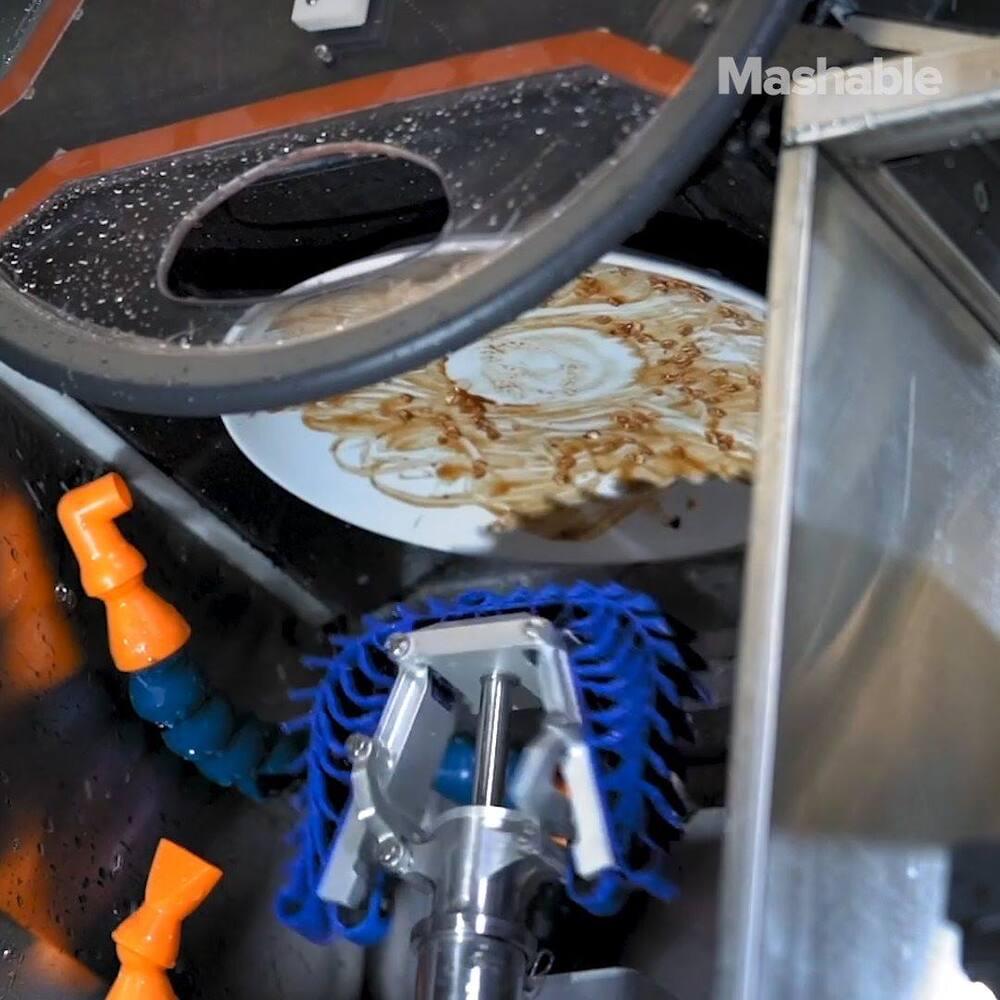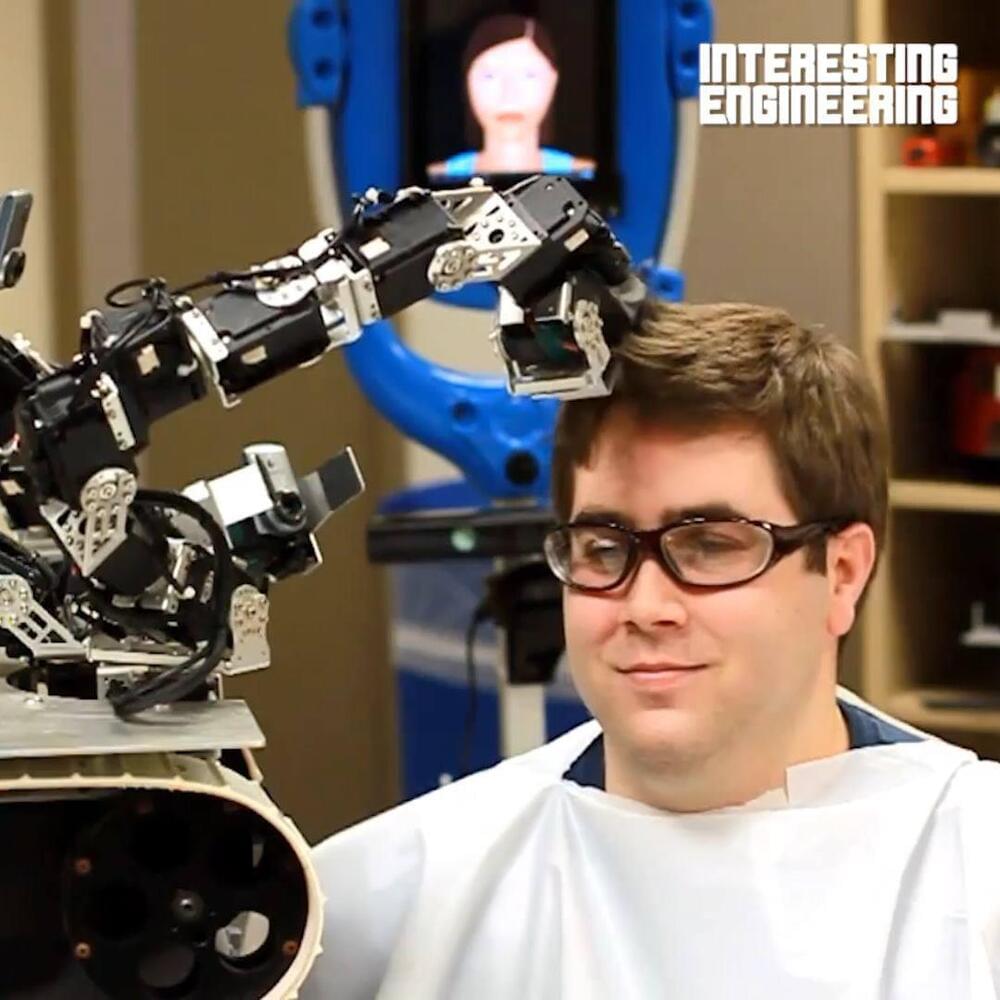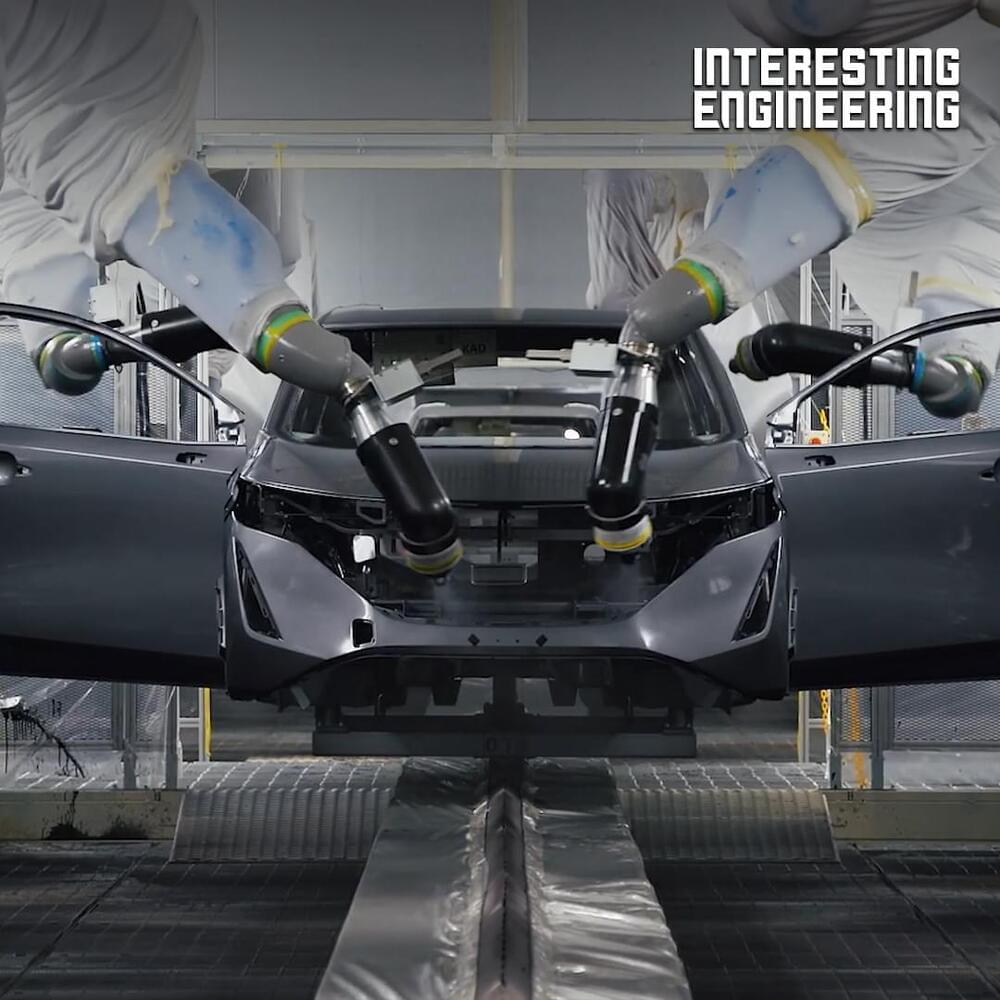Talk of war, stagflation and rationing is eroding the country’s confidence and affecting the dynamics of its financial industry.


Talk of war, stagflation and rationing is eroding the country’s confidence and affecting the dynamics of its financial industry.



HOW FRESH IS FRESH?
Turkey, stuffing, cranberry sauce, and pie will soon fill our kitchens with the sweet smell of Thanksgiving. If you’re anything like us, you’ll need to clear out a few things from your fridge before you can squeeze in all of the leftovers. As you stare into your salad crisper and decide what to keep and what to toss, take a moment to read the labels. Where do your vegetables come from? Here is what we found in our TRANSCEND fridge: cucumbers from Ontario Canada, green beans from Florida, grapes from California, lemons from Argentina, and oranges from South Africa. Imagine the trucks, boats, and people involved in getting all of that produce to our table!
Now, consider the quality of your produce. Are your tomatoes sweet and firm? Broccoli crunchy? Strawberries fresh and juicy? What does “fresh” actually mean? Our agricultural system depends on the weather which means we are constantly chasing the perfect environment to grow the perfect crops. And sometimes that perfect environment is thousands of miles from where we live, which means those crops have to spend weeks or months in cold storage and on trucks before they arrive in our local markets. Did you know that the typical storage time for apples is six to twelve months before they are put out for sale? Lettuce is stored for up to four weeks, tomatoes are stored for up to six week, and carrots are stored for up to nine months. Yet they are all considered “fresh” by current standards.





Our brain processes faces of close others differently than faces of visually familiar individuals. While both types of faces activate similar visual areas, faces of close others activate areas involved in processing social and semantic information. Here, we used between-subject linear classifiers trained on hyperaligned brain data to investigate the neural code for visual and semantic information about familiar others. The identity of both visually and personally familiar faces could be decoded across participants from brain activity in visual areas. Instead, only the identity of personally familiar faces could be decoded in areas involved in social cognition. Our results suggest that individually distinctive information associated with familiar faces is embedded in a neural code that is shared across brains.
Processes evoked by seeing a personally familiar face encompass recognition of visual appearance and activation of social and person knowledge. Whereas visual appearance is the same for all viewers, social and person knowledge may be more idiosyncratic. Using between-subject multivariate decoding of hyperaligned functional magnetic resonance imaging data, we investigated whether representations of personally familiar faces in different parts of the distributed neural system for face perception are shared across individuals who know the same people. We found that the identities of both personally familiar and merely visually familiar faces were decoded accurately across brains in the core system for visual processing, but only the identities of personally familiar faces could be decoded across brains in the extended system for processing nonvisual information associated with faces.